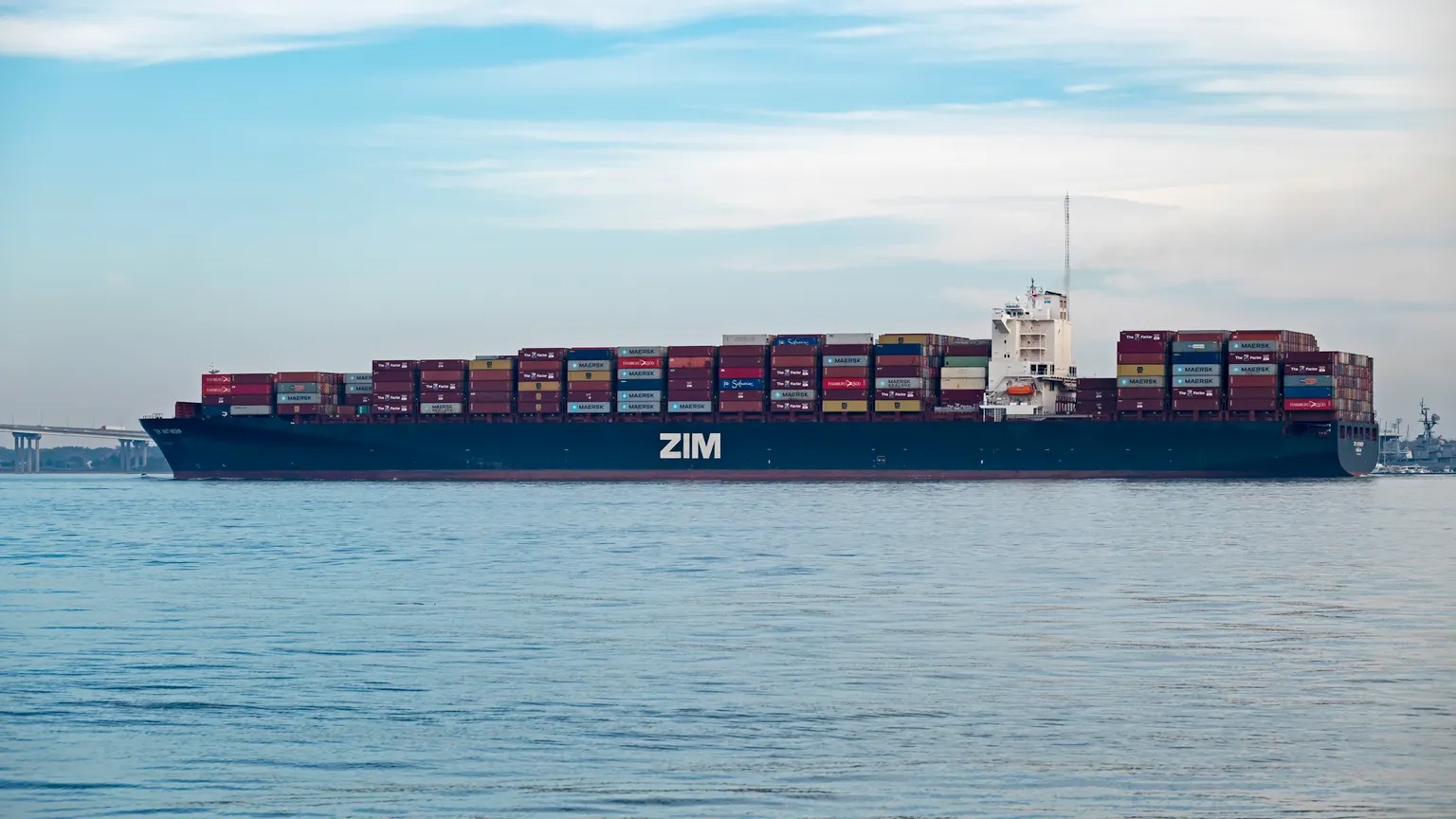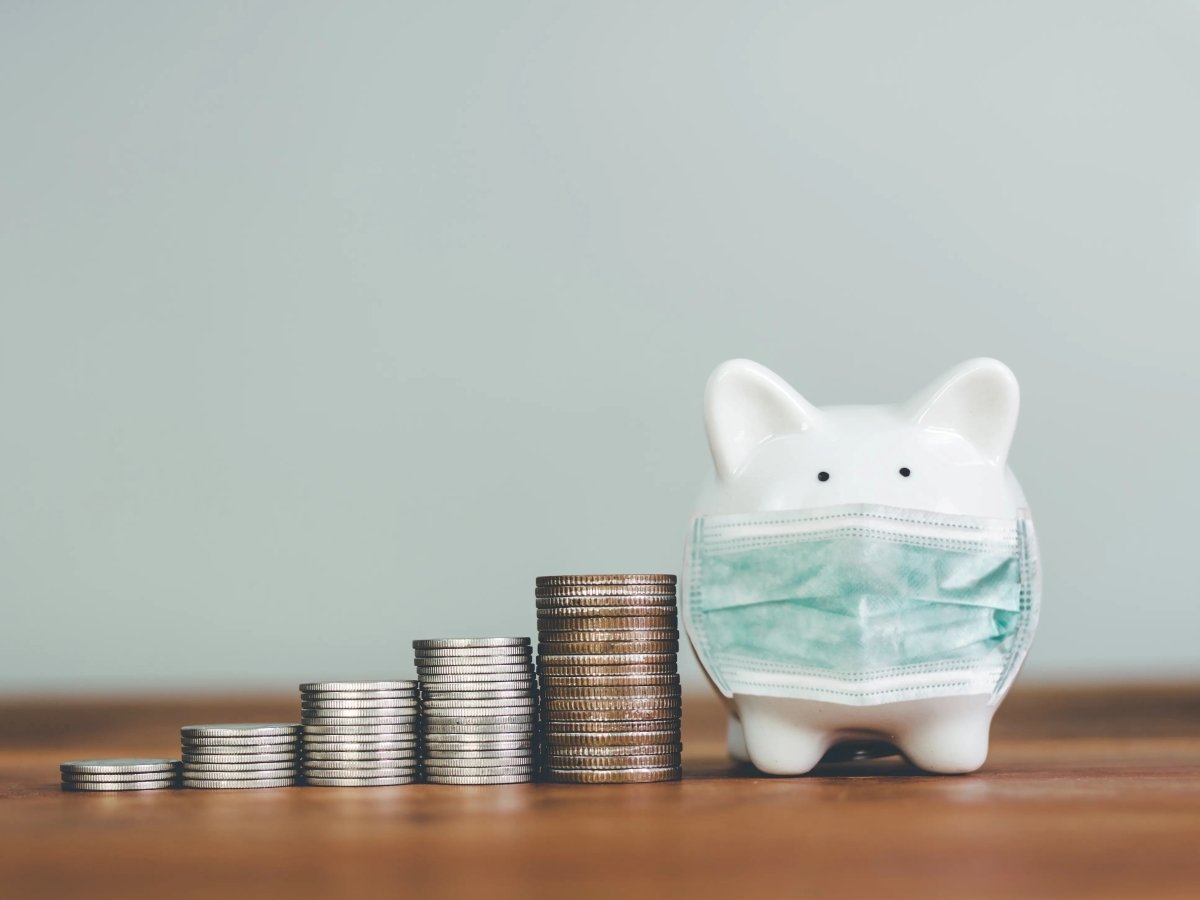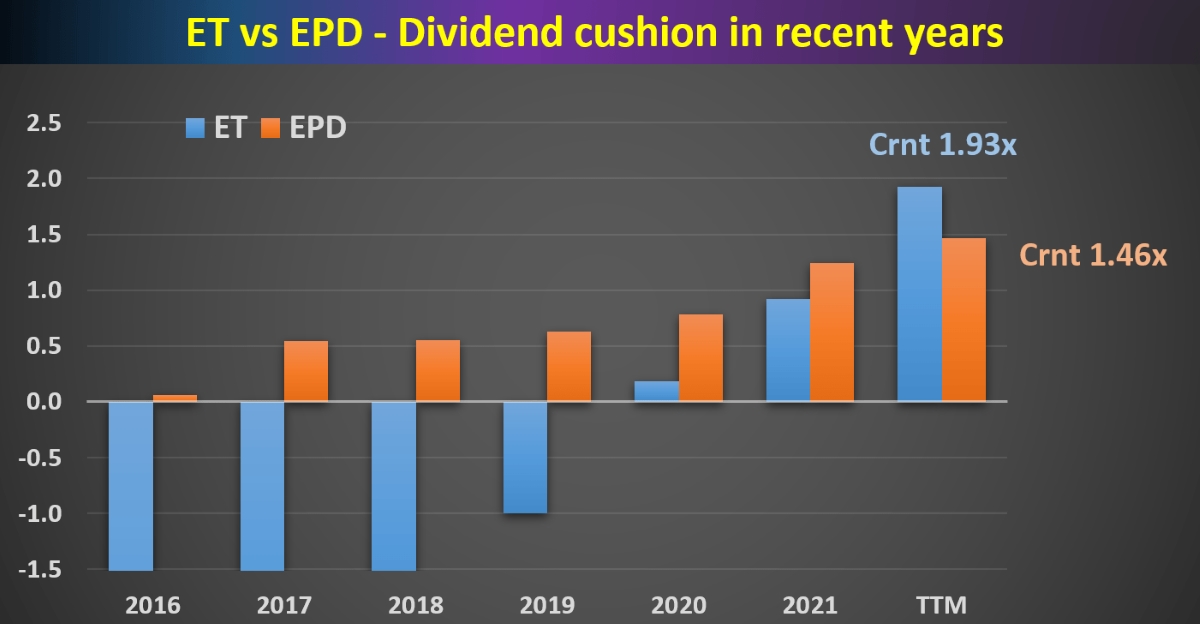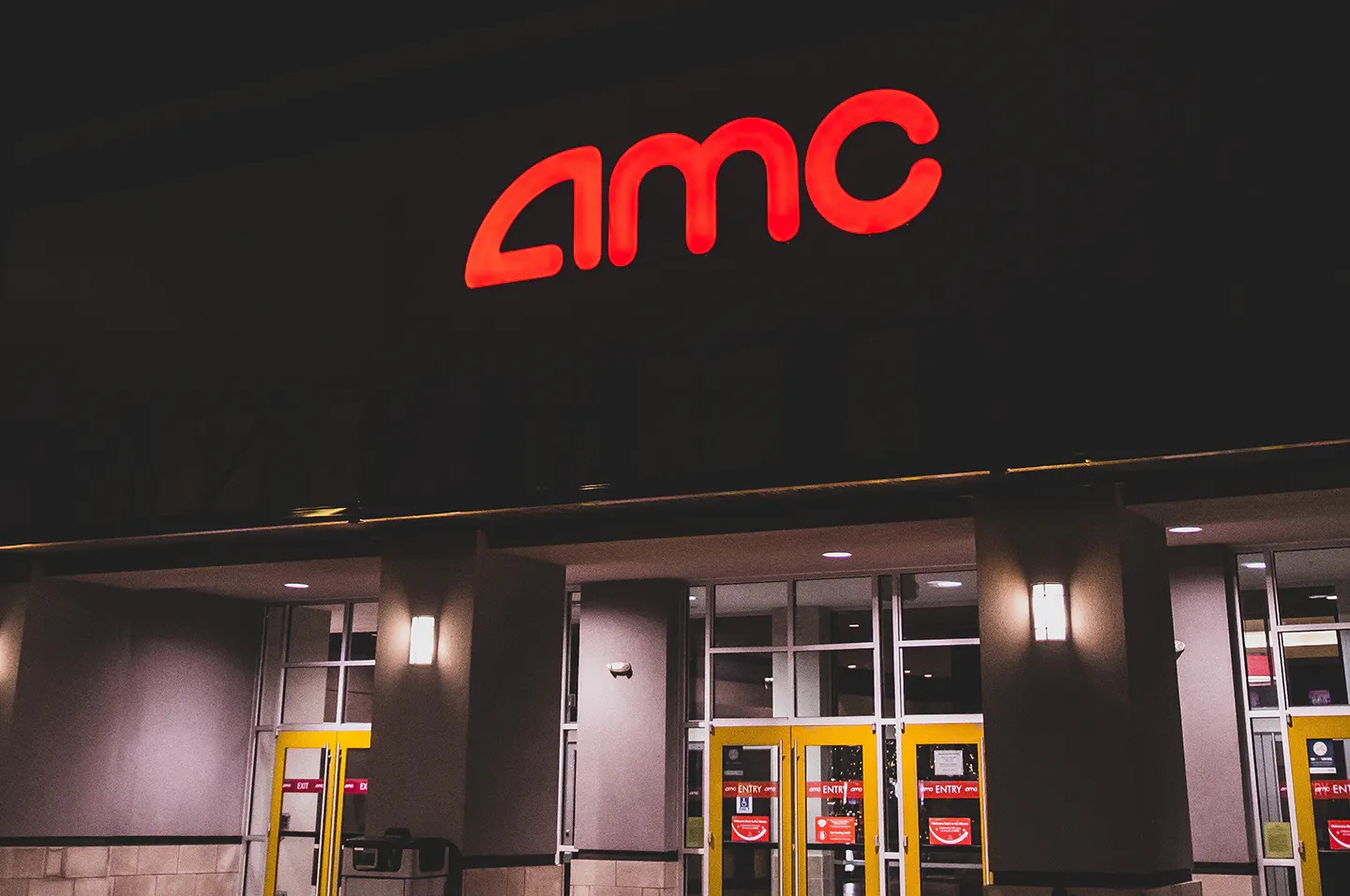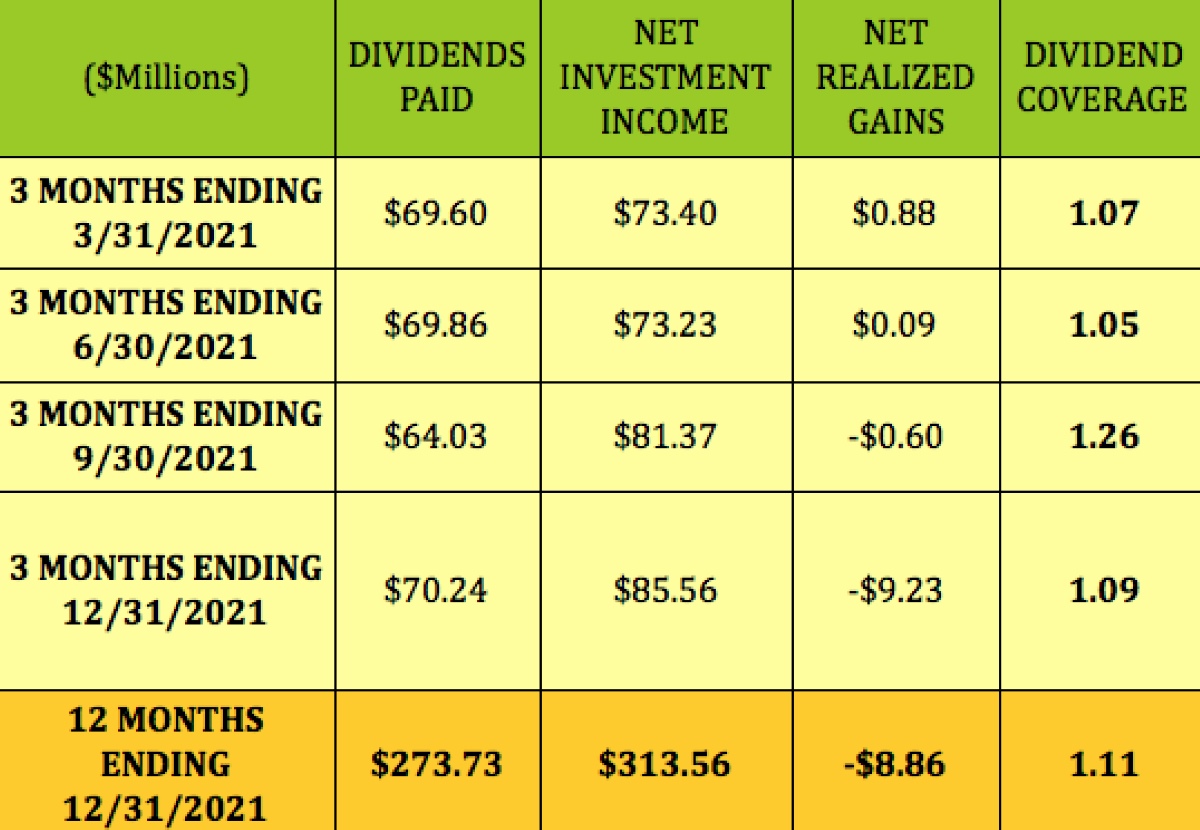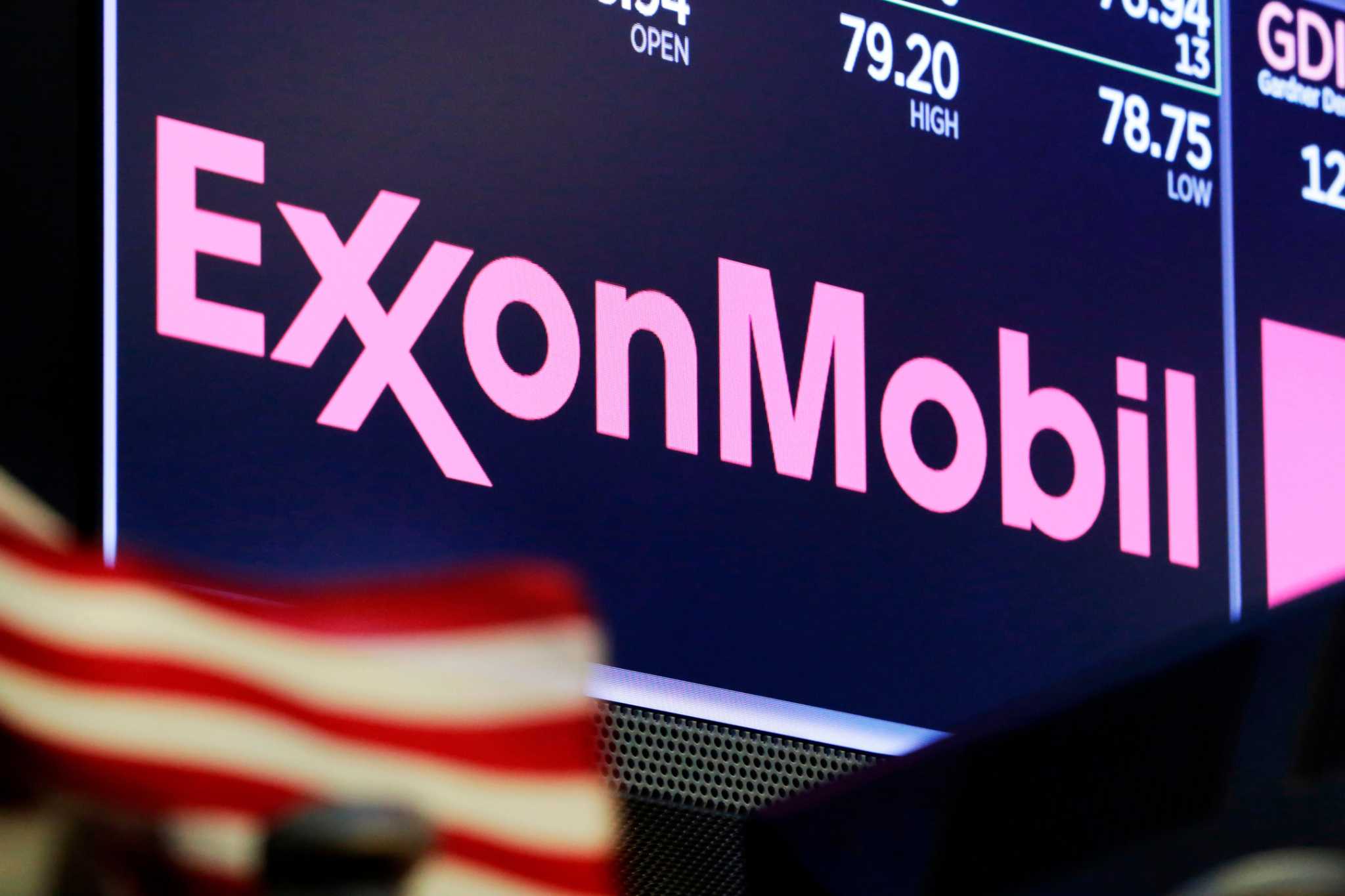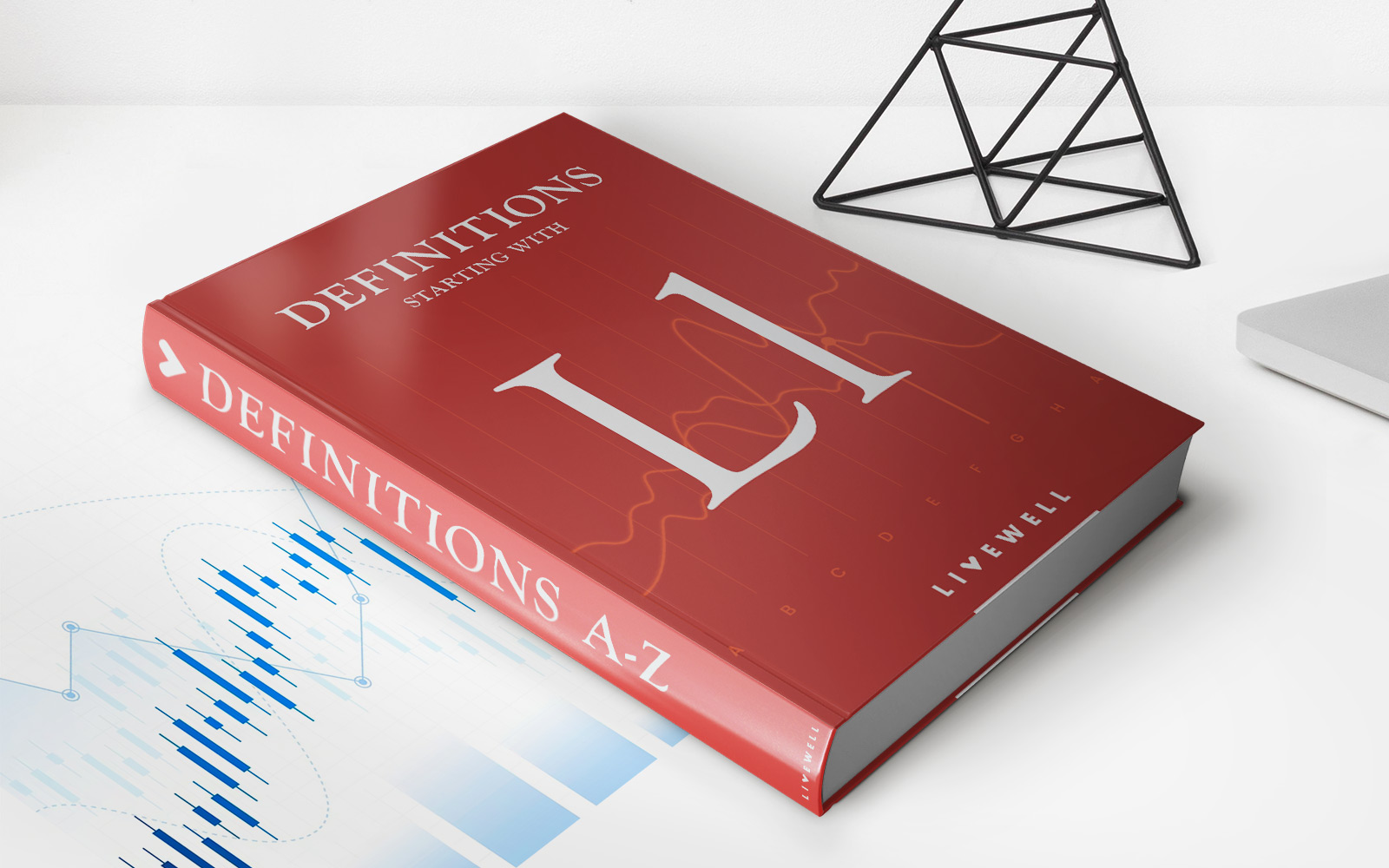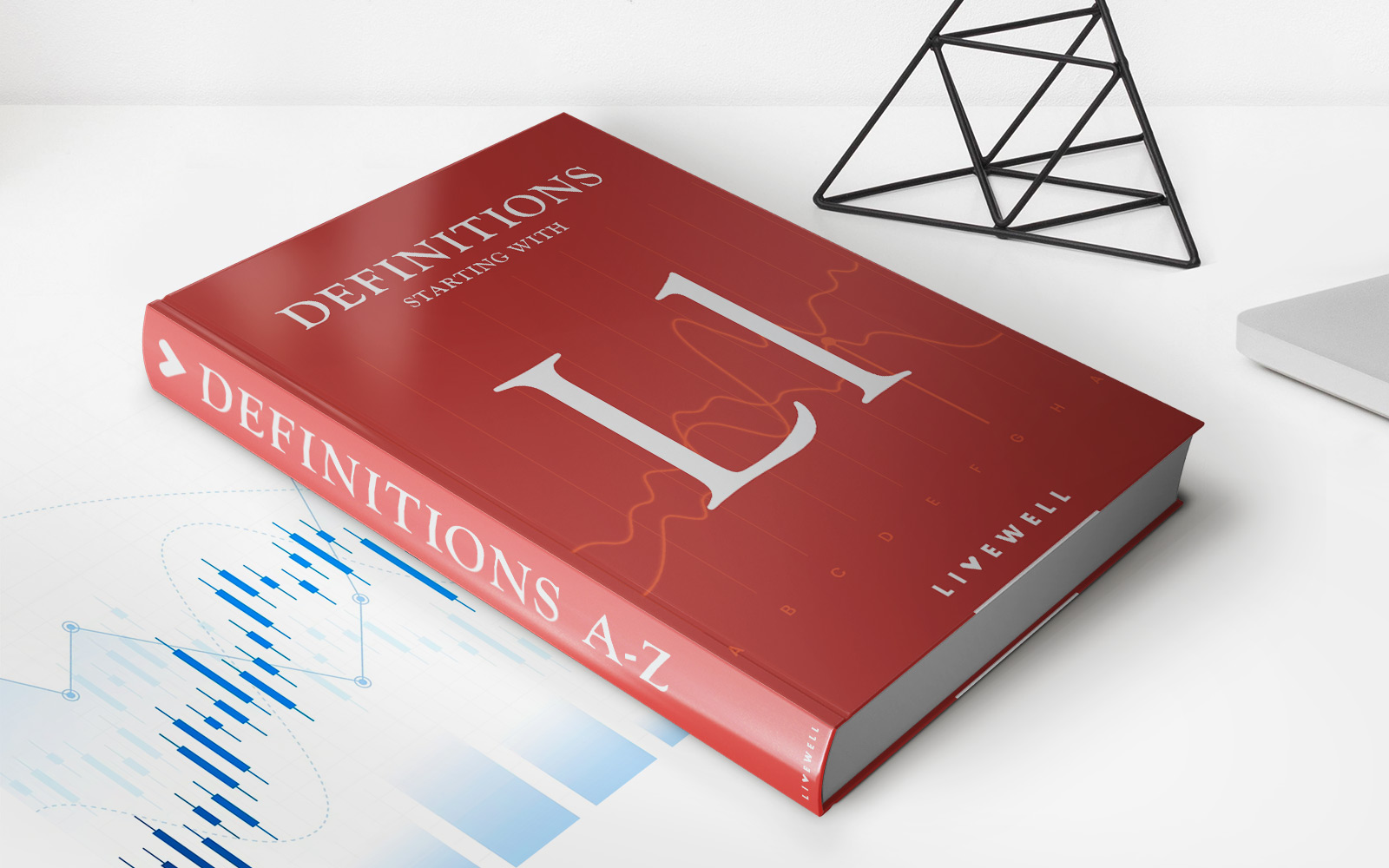

Finance
When Does RIO Pay Dividends?
Published: January 3, 2024
Discover when RIO pays dividends and stay updated on finance news. Find out how to maximize your returns with our expert insights.
(Many of the links in this article redirect to a specific reviewed product. Your purchase of these products through affiliate links helps to generate commission for LiveWell, at no extra cost. Learn more)
Table of Contents
Introduction
In the world of investing, dividends play a significant role in attracting and rewarding investors. One company that has caught the attention of many dividend seekers is RIO, a renowned multinational mining corporation. RIO, or Rio Tinto Group, is known for its operations in various commodities such as iron ore, aluminum, copper, and diamonds.
Dividends are a portion of a company’s profits that is distributed to its shareholders as a way to reward them for their investment. It serves as a vital source of passive income for investors and can be a determining factor in the decision-making process of potential investors.
In this article, we will delve into the world of RIO dividends and explore when RIO pays dividends. We will also discuss the factors that influence the dividend payments, analyze the financial performance of RIO, and provide insights into the dividend payment schedule.
Whether you are a current RIO shareholder or considering investing in RIO, understanding the dividend landscape can provide valuable insights into the potential returns on your investment. So let’s dive in and explore when RIO pays dividends and what factors contribute to this important aspect of investing in the company.
Understanding RIO Dividends
RIO dividends refer to the portion of RIO’s profits that the company distributes to its shareholders. These dividends are typically paid out on a regular basis, either quarterly, semi-annually, or annually. Investors often rely on dividends as a steady source of income and as a way to generate passive returns on their investment.
One key aspect to understand about RIO dividends is that they are not guaranteed. While RIO has a strong track record of paying dividends, the amount and frequency of dividend payments can vary based on several factors. These factors include the company’s financial performance, commodity prices, operational costs, and the economic environment.
When RIO pays dividends, shareholders typically receive the dividend in the form of cash. However, it’s important to note that RIO may also offer a dividend reinvestment plan (DRIP) where shareholders have the option of reinvesting their dividends to purchase additional shares of RIO stock.
Investors interested in RIO dividends should also take note of the company’s dividend yield. The dividend yield represents the annual dividend payment as a percentage of the stock’s current market price. A higher dividend yield indicates a greater return on investment through dividends.
It is important to carefully analyze and understand the dividend policies and trends of RIO before making any investment decisions. This includes researching the company’s historical dividend payments, the stability and growth of its dividends over time, and comparing its dividend yield to other companies in the same industry.
By understanding the concept of RIO dividends and the factors that influence them, investors can make informed decisions about their investment strategy and potentially maximize their returns from dividend payments.
Factors Influencing RIO Dividends
Several factors can influence the dividend payments of RIO. Investors should consider these factors when analyzing the potential returns from RIO dividends. Let’s take a closer look at some of the key factors:
- Financial Performance: The financial performance of RIO is a crucial determinant in dividend payments. RIO’s ability to generate profits and maintain a stable cash flow is essential for sustaining dividend payments. A strong financial performance, characterized by increasing revenues, profitability, and cash reserves, can signal the company’s ability to pay consistent dividends.
- Commodity Prices: RIO’s business operations are heavily influenced by commodity prices, especially for commodities like iron ore, aluminum, and copper. Fluctuations in commodity prices can impact the company’s profitability and, consequently, the dividend payments. When commodity prices are high, RIO may generate higher profits, allowing for larger dividend distributions. Conversely, during periods of low commodity prices, RIO may reduce or withhold dividend payments.
- Operational Costs: RIO incurs various operational costs related to exploration, production, transportation, and other aspects of its mining operations. If operational costs increase significantly, it can put pressure on the company’s profitability and cash flow. This, in turn, may affect the amount or frequency of dividend payments.
- Economic Environment: The overall economic environment, including factors such as inflation, interest rates, and global economic conditions, can impact RIO’s dividend payments. In times of economic uncertainty or downturns, RIO may choose to conserve cash and reduce dividend payments to ensure the financial stability of the company.
- Debt Levels: RIO’s debt levels can also influence dividend payments. Excessive debt burdens can limit the company’s ability to generate profits, and it may prioritize debt repayment over dividend distributions. Conversely, lower debt levels can provide more flexibility for dividend payments.
It’s important for investors to monitor these factors and stay informed about the latest developments that may impact RIO’s dividend payments. Analyzing financial statements, staying updated on commodity price trends, and following industry news can assist in assessing the potential stability and growth of RIO dividends.
By understanding the factors influencing RIO’s dividend payments, investors can make better-informed decisions and manage their expectations regarding dividend returns from their investment in RIO.
Financial Performance and RIO Dividends
RIO’s financial performance plays a vital role in determining the dividend payments to its shareholders. A strong financial performance is indicative of a company’s ability to generate profits consistently, which is essential for sustaining and potentially increasing dividend payments. Let’s explore how RIO’s financial performance impacts its dividends.
One key aspect to consider is the company’s revenue growth. As a multinational mining corporation, RIO relies on the sale of commodities such as iron ore, aluminum, copper, and diamonds. Increasing demand for these commodities, coupled with higher selling prices, can boost RIO’s revenues, resulting in higher profits. With a strong financial performance, RIO is well-positioned to allocate a portion of its profits towards dividend payments.
Profitability is another crucial factor in determining dividend payments. By analyzing RIO’s profitability ratios, such as net profit margin and return on equity, investors can assess the company’s ability to generate income from its assets and operations. Higher profitability indicates a strong financial foundation, which can support dividend payouts.
Cash flow is also vital when considering RIO dividends. Positive operating cash flow provides the company with the necessary funds to sustain and potentially increase dividend payments. It allows RIO to cover operational expenses, invest in growth opportunities, and reward shareholders through dividends.
Furthermore, RIO’s dividend policy influences its financial performance and dividend payments. The company’s policy guides how much of its profits will be distributed as dividends, taking into account factors such as reinvestment needs, debt obligations, and future growth prospects. RIO’s commitment to maintaining a stable dividend policy ensures consistent returns for shareholders.
An analysis of RIO’s financial statements, including the income statement, balance sheet, and cash flow statement, can provide insights into the company’s financial health and its ability to sustain and grow dividend payments. It is essential to monitor key financial indicators, such as revenue growth, profitability ratios, and cash flow trends, to assess the potential stability and growth of RIO dividends.
However, it is important to note that past financial performance does not guarantee future dividend payments. External factors such as commodity price fluctuations, economic conditions, and operational challenges can impact RIO’s financial performance and, consequently, its dividend payments.
By understanding the connection between RIO’s financial performance and its dividend payments, investors can make more informed decisions about their investments and manage their expectations regarding dividend returns.
Dividend Payment Schedule
Understanding the dividend payment schedule of RIO is crucial for investors who rely on dividends as a source of income or investors who wish to plan their investment strategy accordingly. While the specific dates may vary from year to year, RIO generally follows a predictable pattern for its dividend payments.
RIO typically pays dividends on a semi-annual basis. This means that shareholders can expect to receive dividend payments twice a year. In most cases, RIO declares dividends in February and August, with the actual payment occurring in April and September, respectively. These dividend payments are commonly referred to as the “interim” and “final” dividends.
The timing of RIO’s dividend payment schedule aligns with the release of the company’s financial results. The February dividend is usually announced alongside RIO’s full-year financial results, reflecting the company’s performance in the past fiscal year. Similarly, the August dividend is announced when RIO releases its half-year financial results, showcasing its performance for the first half of the fiscal year.
It’s important to note that the specific dates for dividend declaration, ex-dividend, record date, and payment date can vary each year and are subject to approval by RIO’s board of directors. Investors should refer to RIO’s official announcements, investor relations website, or consult with their financial advisors for the most up-to-date information regarding dividend payments.
RIO’s dividend payment schedule also varies in terms of the dividend amount. The amount of dividend paid out to shareholders is determined by RIO’s board of directors, taking into consideration factors such as the company’s financial performance, cash flow, and future investment needs. It’s important for investors to monitor RIO’s dividend policy and historical dividend payments to have a better understanding of what to expect.
It’s worth mentioning that RIO may offer a dividend reinvestment plan (DRIP) to its shareholders. The DRIP allows shareholders to reinvest their dividend payments back into additional RIO shares, effectively increasing their ownership in the company. This option is often attractive for investors looking to compound their investment and potentially increase their returns over time.
In summary, RIO follows a semi-annual dividend payment schedule, with dividends typically declared in February and August and paid out in April and September, respectively. However, it’s important for investors to stay informed and seek official updates from RIO regarding its dividend payment schedule as it can be subject to change.
Conclusion
RIO is a prominent multinational mining corporation that offers dividend opportunities to its shareholders. Understanding when RIO pays dividends and the factors that influence these payments is essential for investors looking to generate passive income and maximize their returns on investment.
RIO dividends are influenced by several key factors, including the company’s financial performance, commodity prices, operational costs, the economic environment, and debt levels. These factors determine the stability and growth potential of RIO dividends, making it important for investors to stay informed and monitor relevant indicators.
Financial performance plays a critical role in RIO’s dividend payments, with revenue growth, profitability, and cash flow being key considerations. Analyzing RIO’s financial statements and understanding its dividend policy can provide valuable insights into the company’s ability to sustain and potentially increase dividend payments.
RIO follows a semi-annual dividend payment schedule, with dividends typically declared in February and August and paid out in April and September. However, investors should refer to official announcements and sources for the most up-to-date information on dividend dates, as they can vary from year to year.
Investing in RIO dividends requires careful consideration and analysis. By understanding the factors influencing dividend payments and monitoring RIO’s financial performance, investors can make informed decisions and manage their expectations regarding dividend returns.
Whether you are a current RIO shareholder or considering investing in the company, staying informed about RIO dividends and the related factors can help you navigate the investing landscape and potentially benefit from the income-generating potential of these dividends.
In conclusion, RIO dividends provide an opportunity for investors to generate passive income, but they are subject to various factors and considerations. By staying informed and conducting thorough research, investors can make well-informed decisions and potentially reap the rewards of investing in RIO dividends.
